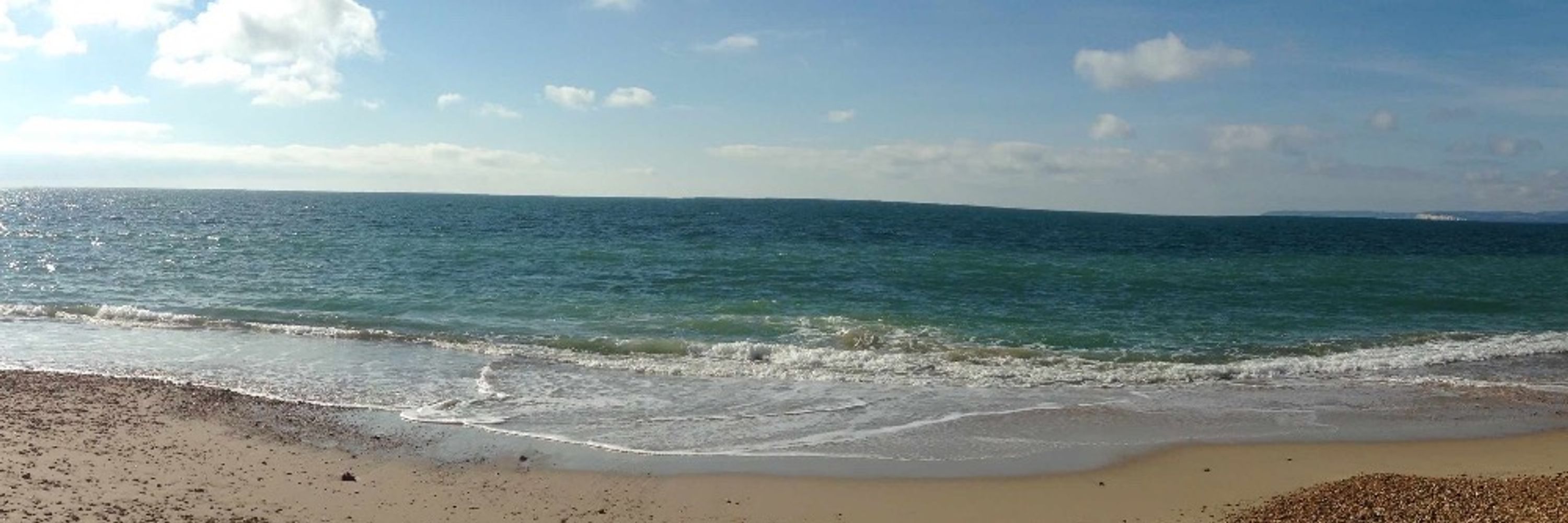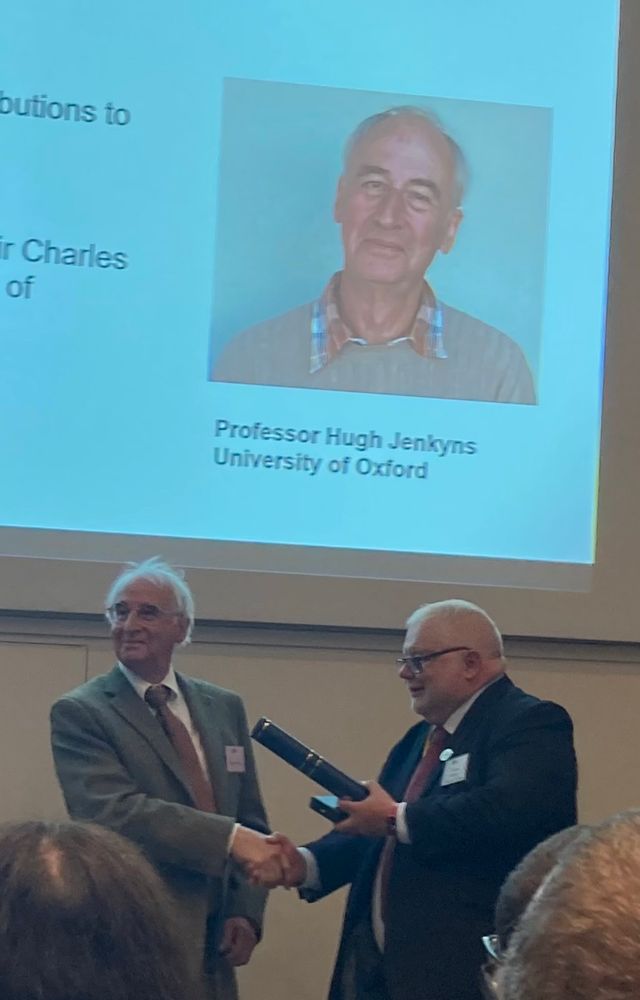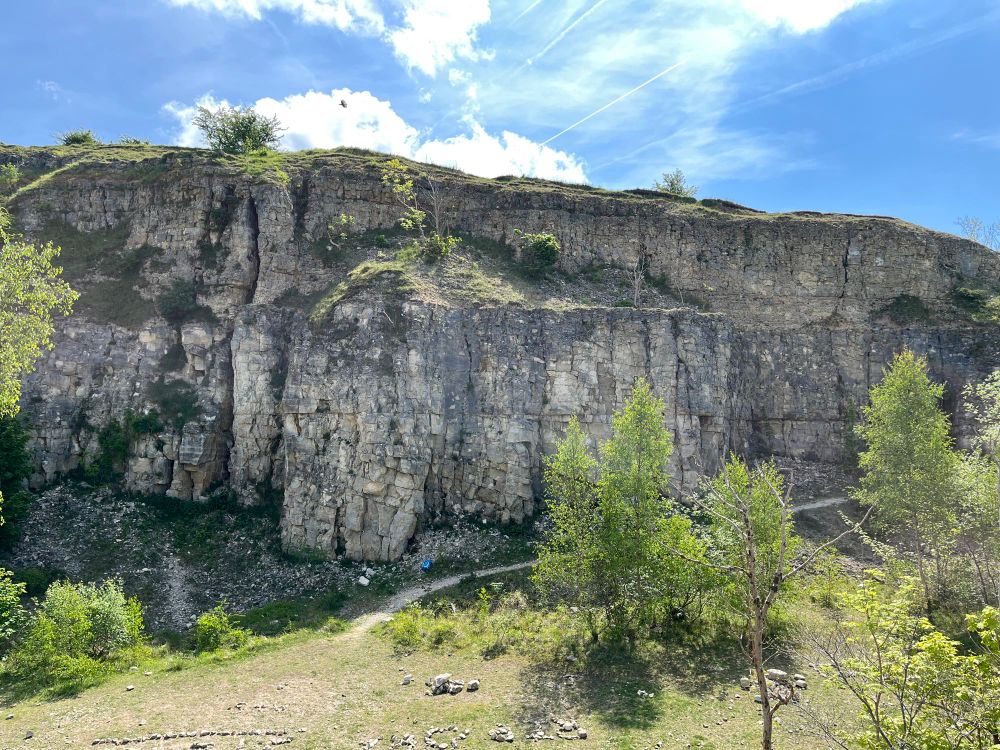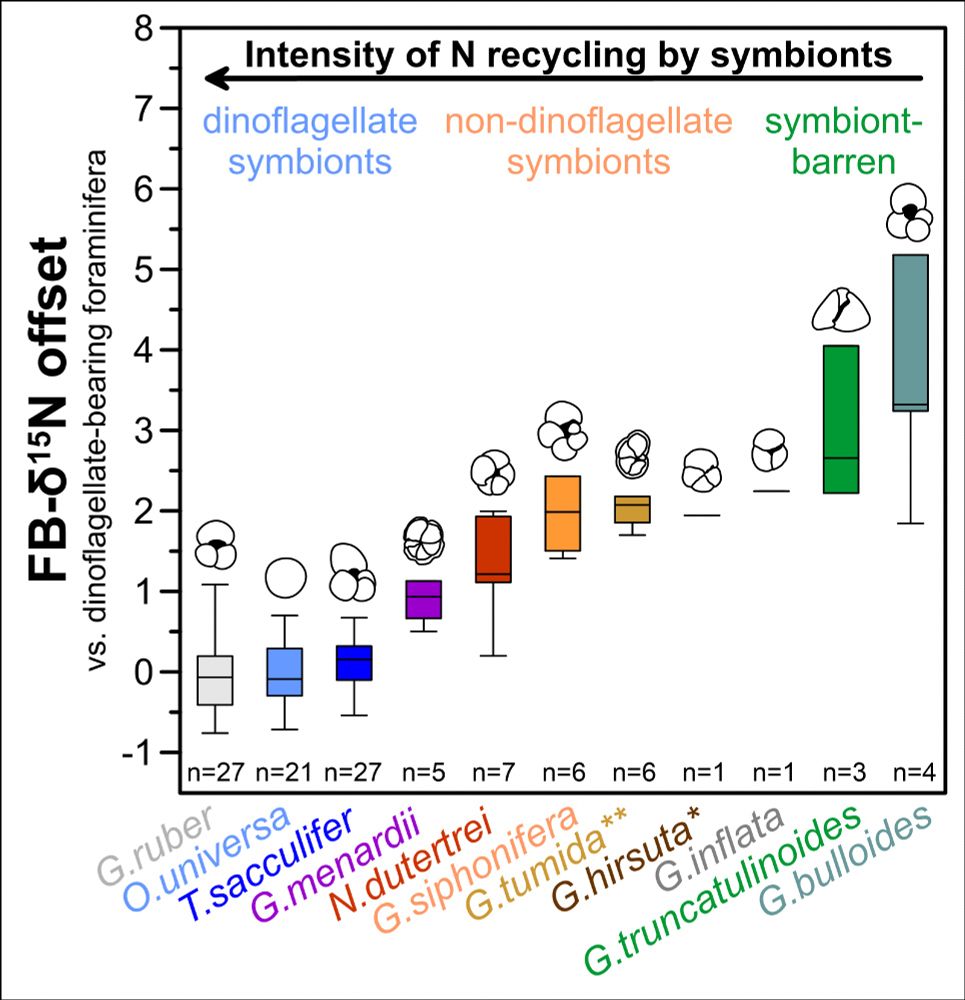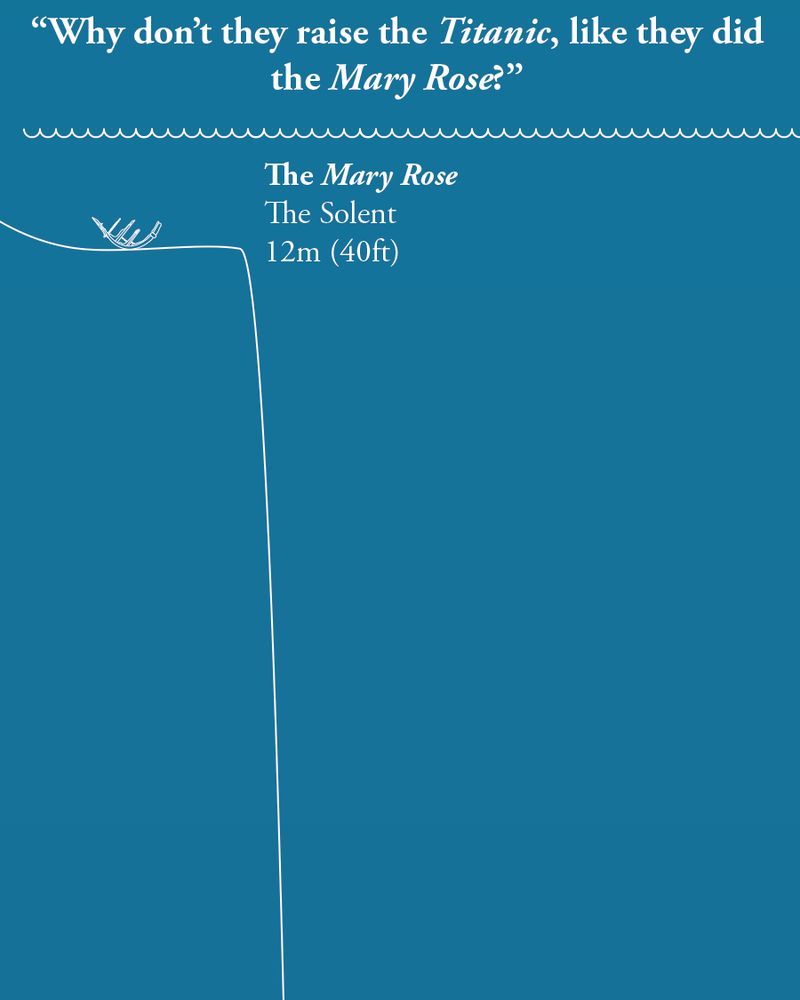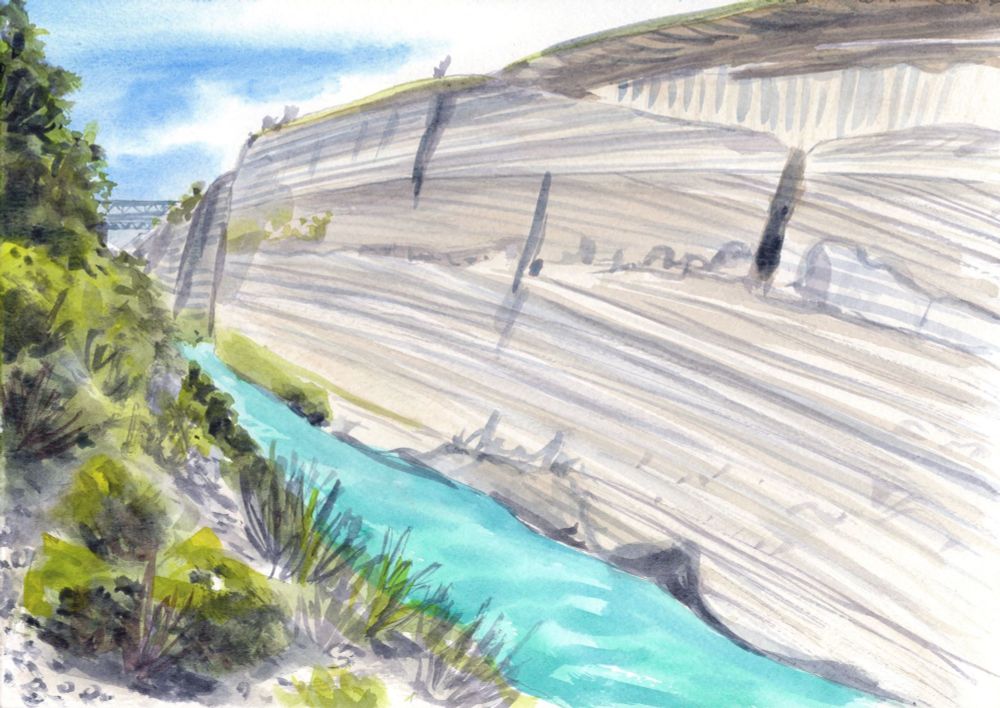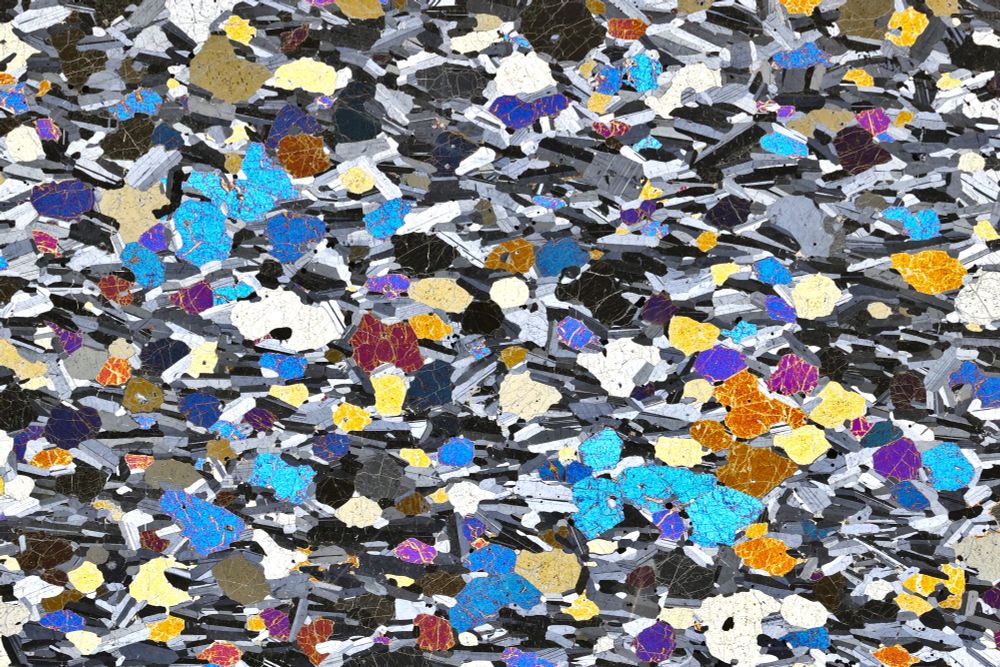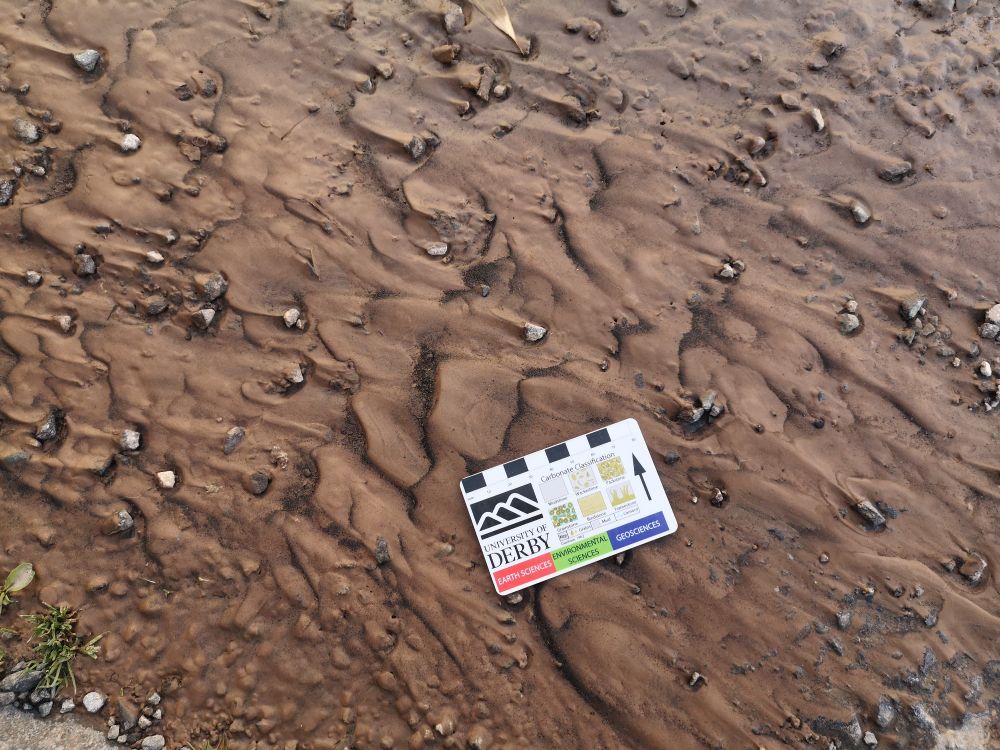Dr Stuart Robinson
@drsturobinson.bsky.social
880 followers
450 following
22 posts
Sedimentary geologist & investigator of past climates & environments. Professor @OxUniEarthSci.bsky.social & Tutorial Fellow
@StAnnesCollege Opinions mine. He/him
Posts
Media
Videos
Starter Packs
Reposted by Dr Stuart Robinson
Reposted by Dr Stuart Robinson
Reposted by Dr Stuart Robinson
Reposted by Dr Stuart Robinson
Reposted by Dr Stuart Robinson
Reposted by Dr Stuart Robinson
Reposted by Dr Stuart Robinson
Reposted by Dr Stuart Robinson
Reposted by Dr Stuart Robinson
Reposted by Dr Stuart Robinson
Reposted by Dr Stuart Robinson
Reposted by Dr Stuart Robinson
Reposted by Dr Stuart Robinson
Reposted by Dr Stuart Robinson
Reposted by Dr Stuart Robinson
Reposted by Dr Stuart Robinson
Reposted by Dr Stuart Robinson
Reposted by Dr Stuart Robinson
Reposted by Dr Stuart Robinson
Reposted by Dr Stuart Robinson
